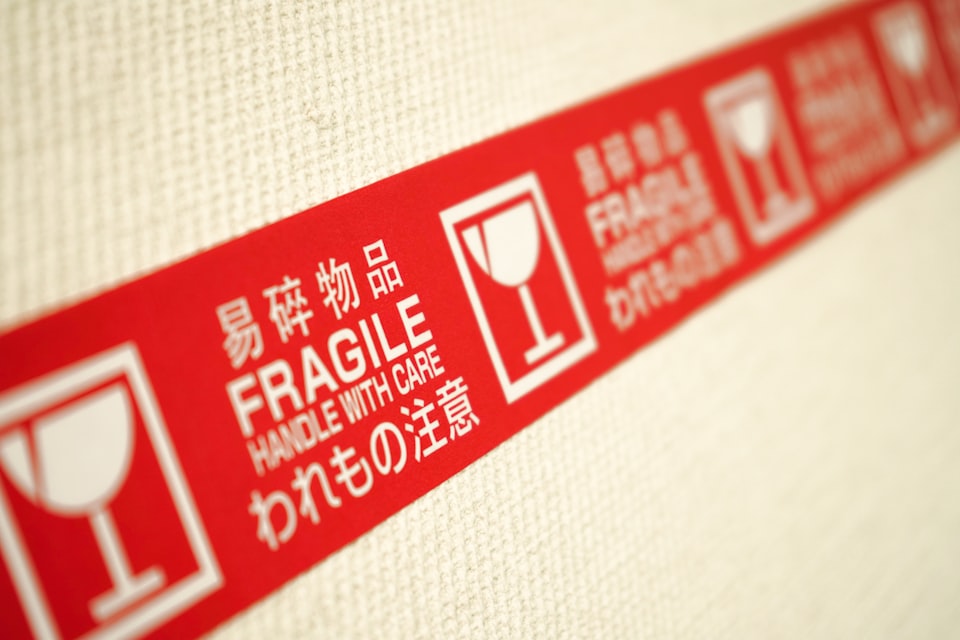It is "vox populi" that micromanagement is a negative management style. It underutilizes the workforce, generates bottlenecks, and disengages employees. That's why many companies aim for the straight opposite: purpose, autonomy, and delegation.
Managers' fear of being micromanagers can result in them not supervising their teams.
But first, let's talk about situational leadership theory
As leaders, we should adjust our supervision style to our team's needs. This is what the situational leadership theory supports. It also provides a framework on how and when to do that.
It works like this. First, it defines two dimensions: competence and commitment. Then, it categorizes people according to whether they are high or low on those two dimensions. Notice that this is not a classification of the person as a whole. It is task-specific.
This classification is not static. We must see it as progression. People might not have the skills or dedication to perform some tasks. As they gain experience, they increase both their ability and confidence.
This way, a person can grow their task expertise from a disillusioned learner to an enthusiastic beginner. Then, to a capable but cautious performer, and finally, to a self-reliant achiever.

Next, let's see which leadership style we should adopt according to the situation
The situational leadership theory suggests when to be more directive or more supportive. For instance, imagine a team member with low competence in a task. When the person is motivated, we can adopt a directive approach, telling what to do and how to do it. And what if the person lacks motivation? We would not also need to provide direction but also sell them the idea to get him on board.

Self-check: Are you avoiding directive behavior?
I observe that many managers do not use a directive approach at all. The first and most common reason is that it's more work for the manager. But the second reason is that some people avoid being directive because they fear being seen as micromanagers.
Wait, but what's micromanagement?
Merriam-Webster defines micromanagement as "to manage with excessive control or attention to details."
The definition leaves room for ambiguity. How much supervision is enough? When it is excessive?
Some signs of micromanagement are when a manager:
- wants to approve or override every small decision the team has to do
- demands constant updates on tasks, even when it's not necessary for decision making
- correcting small details that do not impact the overall assignment
- dictates each step for performing a task without any room for creativity
The line between a positive directive approach and micromanagement can be thin. The best way to frame its differences is to discuss the manager's intent in each case. In the first case, the manager sees the directive approach as a mechanism to develop autonomy. In the micromanagement scenario, the manager tries to be in control.
Now let's see an example of healthy direct supervision.
The senior software engineer who struggled to deliver quality code
A few months ago, I talked to one of the Technical Leaders in our team about a Senior Software Engineer. He is collaborative and knowledgeable but has some quality issues in his code. He committed commented lines or code that was visible in plain sight that it won't work. The Technical Leader has been giving him feedback on the code reviews. He also discussed the matter with him in 1:1s without any material improvement.
We decided to try a more directive approach by pairing with him and showing him how to perform a self-review. The Technical Leader started to pair with him and tell him how to review his code. He led him on using a graphical interface to git to stash changes line by line or method by method. And he also showed him how to review and test every small step.
What was the result of this intervention? In a short time, he improved his quality a lot. Isn't telling a Senior Software Engineer exactly how to self-review their code micromanagement? Does this make the Technical Leader a micromanager? Certainly not.
Although the Engineer could perform at a competent level for other tasks, he needed a direct approach to improve in this particular task.
Direct supervision is a tool
It can be a powerful tool for managers to help their team members grow and develop. By adapting our style to the individual's level of competence and commitment, we can provide appropriate support and direction. While we need to be mindful of micromanagement and avoid excessive control, it's equally important not to avoid directive behavior altogether. With the right approach, direct supervision can be a valuable tool for making our team perform at its best. I hope this short article encourages you to use it more often.
Thanks to Mariano Grimaux for introducing me to the Situational Leadership Theory a few years ago, and to Agostina D'Alo for reviewing an early draft of this article.
Follow me on Twitter for more articles on troubleshooting software engineering teams' problems.


